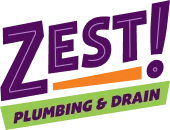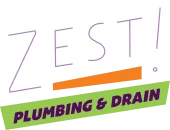Proudly Serving The Scottsdale, AZ Area
How to Increase Water Pressure?


How to Increase Water Pressure?
There’s nothing more frustrating than turning on the tap or stepping into the shower only to be met with a disappointing trickle. Low water pressure is one of the most common and irritating problems homeowners face, and it can sneak up slowly or happen all at once. While there are plenty of tips floating around, the real key to solving the issue is knowing what’s actually causing it—and when to call in an expert. Before you start guessing or replacing parts, it helps to understand how your plumbing system works, and what a professional can do to restore the strong, steady flow you’re used to.
Why Water Pressure Drops in the First Place
A sudden drop in pressure might feel like a fluke, but more often, it’s a symptom of something deeper in the system. Many pressure issues begin gradually, and because they don’t happen all at once, they’re easy to ignore until the problem becomes impossible to overlook. Whether it’s one slow faucet or weak flow throughout the home, the root causes tend to fall into a few common categories.
Sometimes the issue is mechanical: mineral deposits clogging up aerators, aging pipes narrowing the flow, or valves that were never fully reopened after prior repairs. In other cases, the problem goes deeper—like a failing pressure regulator, undetected leak, or a section of corroded piping. In these situations, a routine plumbing inspection may be the fastest way to uncover what’s going on behind the walls. And in more serious cases, pipe replacement may be the only long-term fix.
DIY Fixes You Can Try First
Not every low pressure issue requires a full-scale repair. In fact, some of the most common fixes are simple, safe, and take just a few minutes to try. These early checks can help narrow down whether you’re facing a minor inconvenience—or something more complex. Even if they don’t solve the problem entirely, they can reveal clues about what’s really going on.
Clean Out Faucets and Showerheads
Over time, sediment and mineral buildup can clog the tiny screens in your faucet aerators and showerheads. This gunk slows water flow and reduces pressure at the fixture level. Remove the screens or heads, soak them in vinegar, and scrub off the debris. A little fixture cleaning can go a long way in restoring flow—especially in homes with hard water.
Check and Fully Open the Main Shutoff Valve
It’s surprisingly common for a home’s main water valve to be only partially open—especially after plumbing work or emergency shutoffs. A valve that isn’t fully turned counterclockwise can restrict water flow throughout the entire house. Locate it near the meter and ensure it’s opened all the way. This simple step can have an immediate and noticeable impact on your system’s performance.
Measure Pressure at an Outdoor Spigot
Before assuming it’s a problem inside, test your home’s incoming pressure at a hose bib or outdoor faucet using a basic water pressure gauge. If the reading is low there too, the issue might stem from the main supply or a faulty pressure regulator. If the pressure looks fine outside but still low indoors, it could mean interior clogs or fixture issues. Either way, this quick test helps rule out guesswork and points you toward the right fix.
Flush Your Water Heater or Whole-Home Filter
Sometimes, the problem isn’t with the pipes or valves—it’s with the water system itself. Sediment buildup in your water heater or inside a whole-home filtration system can silently restrict pressure throughout the house. This is especially common in homes with hard water, where minerals accumulate faster and can settle into tanks and filter cartridges over time. Flushing your water heater or replacing clogged filters can restore steady pressure without a single wrench turned on your plumbing. It’s also a good opportunity to assess whether outdated systems or neglected components might benefit from fixture upgrades in the near future. If you’ve tackled fixture cleaning and valve checks with no change, this is a smart next step before calling in a professional.
When It’s a Whole-House Issue
If low pressure is affecting every faucet, shower, and appliance in your home, it’s a sign that the issue goes beyond clogged fixtures. Whole-home water pressure problems often trace back to the main supply line, a faulty pressure regulator, or even hidden leaks deep within your plumbing system. These aren’t problems you can solve with a screen cleaning or simple valve check. In these cases, trying to figure out how to increase water pressure without the right tools or expertise can waste time and lead to unnecessary repairs. That’s when calling in an expert is not just helpful—it’s essential. Services like emergency plumbing ensure you get accurate diagnostics and fast results when your entire home is affected.
When to Call in a Professional
If you’ve cleaned the fixtures, checked the valves, and tested your outdoor pressure—but you’re still getting weak flow—it’s time to dig deeper. Some problems just aren’t visible without the right tools, and guessing can cost more than just time. Licensed plumbers can pinpoint issues quickly, using diagnostic equipment to identify whether you’re facing internal blockages, pressure regulator failure, or signs of aging infrastructure.
There are also warning signs that should never be brushed off. If you’re seeing discolored water, inconsistent pressure in multiple areas, or damp spots that suggest a hidden leak, don’t wait it out. These issues often lead to bigger problems like pipe corrosion, system inefficiency, or even water damage. That’s where professional services like pipe replacement, emergency plumbing, and detailed plumbing inspections come into play. A qualified technician can not only fix what’s wrong but help prevent future issues—saving you money and stress in the long run.
Wrap-Up: Get the Flow Back
Low pressure is more than just annoying—it signals that something isn’t right behind the scenes. From showers that take forever to rinse to faucets that barely fill a cup, weak water flow affects daily comfort more than most people realize. Fortunately, many causes are entirely fixable, whether with a quick adjustment or a full system check. What matters most is identifying the real source, not just the symptom. And the sooner you act, the less likely it is that a small issue turns into a costly one.
If you’re done troubleshooting and still aren’t seeing results, it’s time to hand it off to someone who handles this every day. Zest Plumbing & Drain offers expert plumbing services designed to restore strong, reliable water flow with long-lasting solutions. From targeted fixture upgrades to whole-system evaluations, our licensed team knows exactly how to increase water pressure efficiently and safely. Call 480-618-1750 today to schedule your inspection or repair—and bring confidence back to every tap in your home.
Recent News
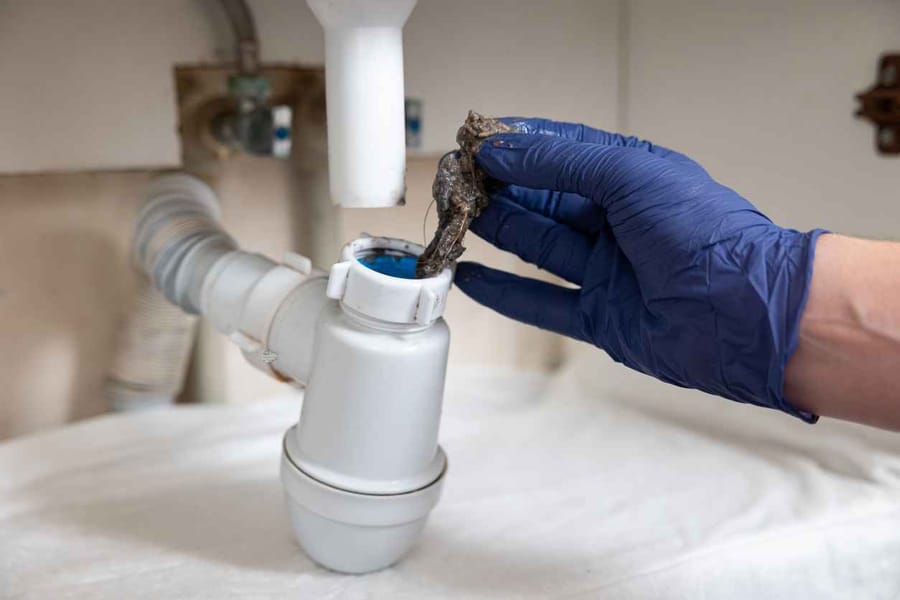
Top 5 Signs You Need a Drain Cleaning in Arizona (Before It Becomes an Emergency)

Why Your Shower Takes Forever to Get Hot and How to Fix It

The Bathroom Drain Inspection Blueprint: What Every Homeowner Needs to Know
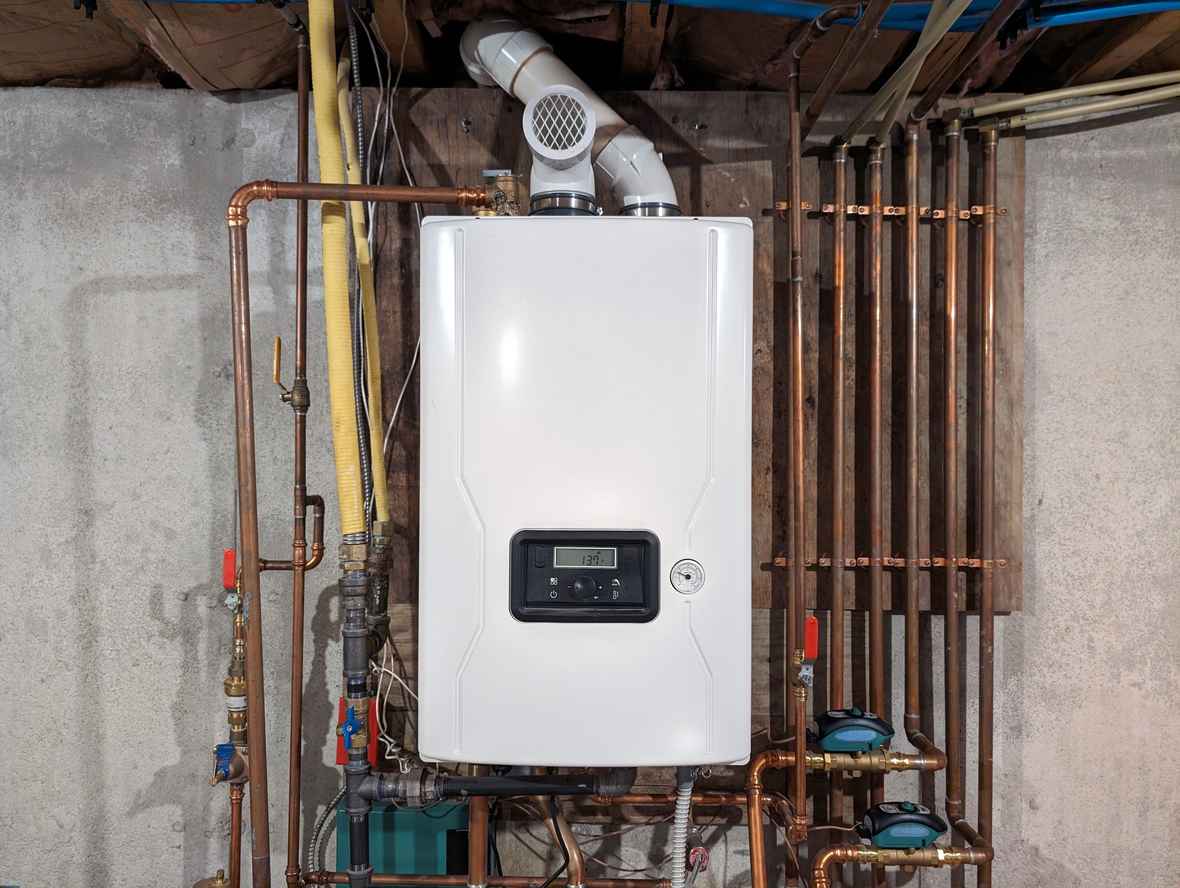
Choosing the Right Water Heater: Tankless vs. Storage for Your Scottsdale Home
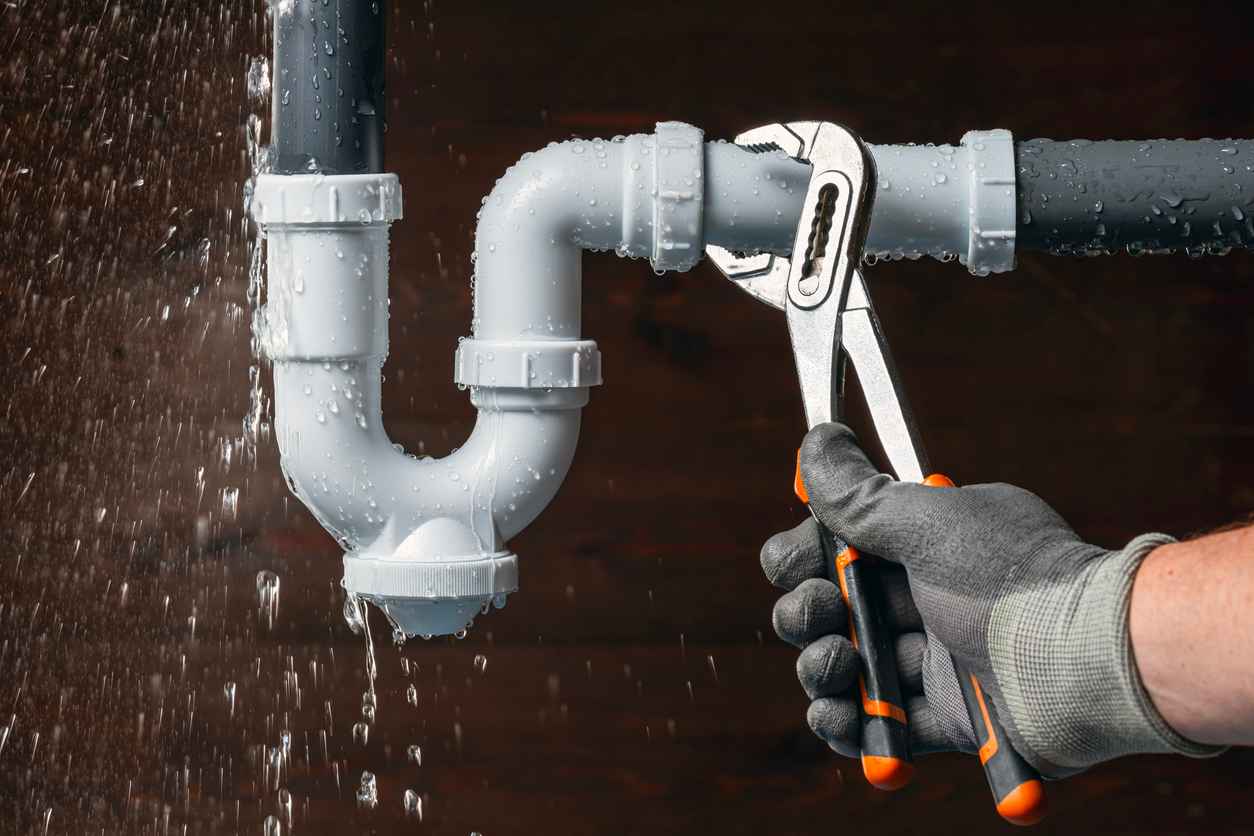
Seasonal Plumbing Maintenance Schedule for the Arizona Climate
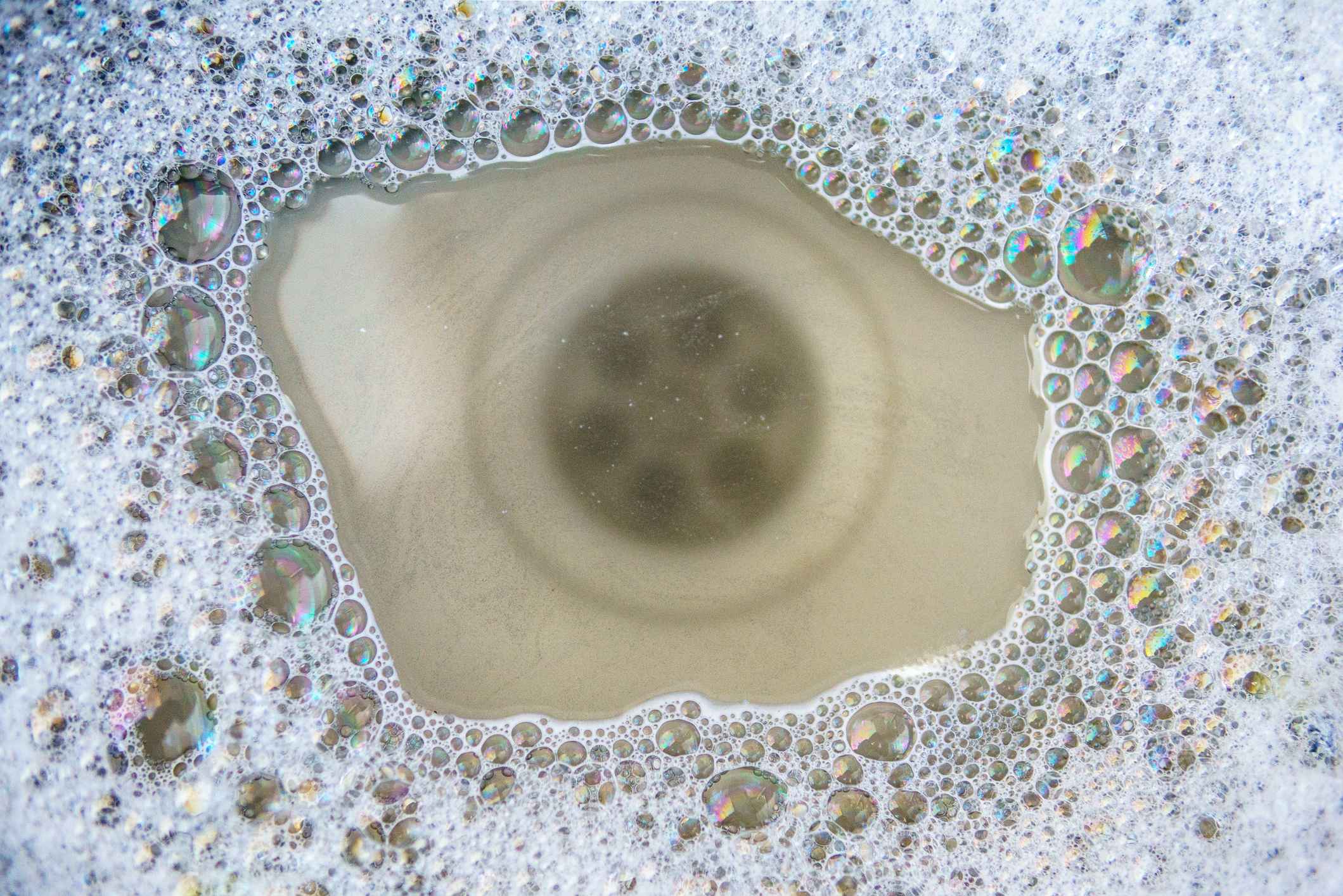
Signs of a Clogged Drain
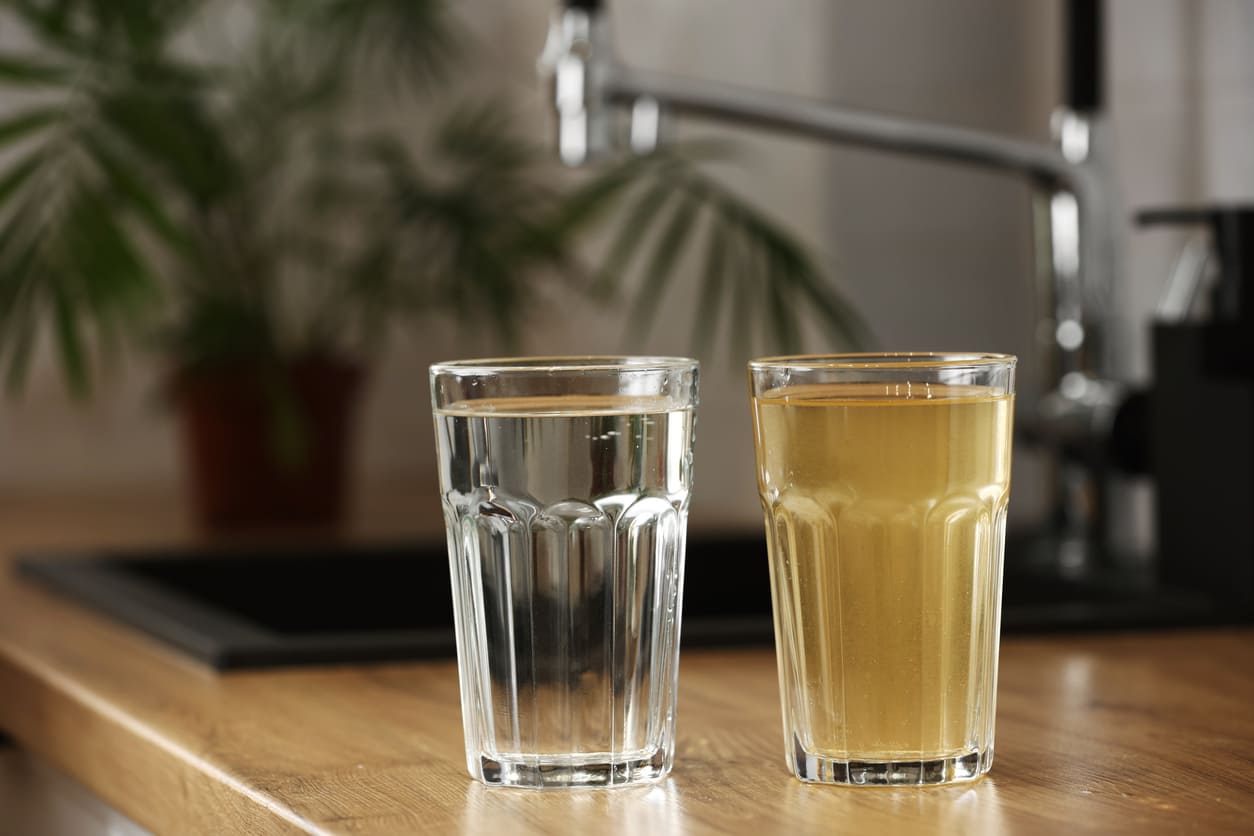
How to Filter Water?
Get in Touch
